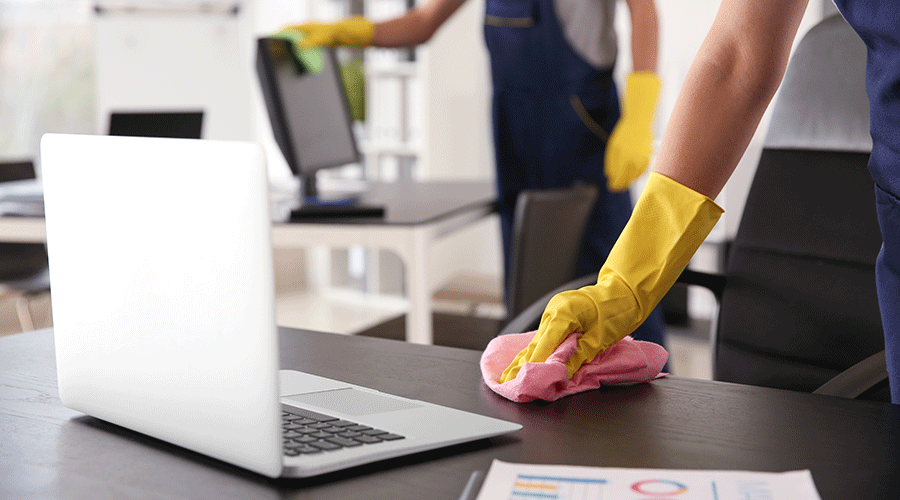This presentation from NFMT Baltimore focuses on the complex dynamics of viral transmission in built environments, particularly how surfaces and behaviors contribute to the spread of pathogens. The pandemic has heightened awareness about indoor transmission risks, leading to a renewed focus on minimizing these risks.
Speaker Charles Gerba, a professor of microbiology for the University of Arizona, discusses quantitative microbial risk assessment (QMRA), a method used by the Environmental Protection Agency (EPA) primarily in regulating water quality but increasingly applied to understand risks in indoor environments. QMRA helps quantify the risk of illness from pathogens in the air, water, or surfaces in built environments.
There is ongoing debates within the scientific community about the relative importance of different transmission routes, such as surface contact versus aerosol inhalation. The complexity of these transmission dynamics underscores the need for comprehensive risk assessment and management strategies that address all potential pathways.
Soft surfaces, like carpets and upholstery, play a significant role in pathogen transmission. These surfaces can act as reservoirs for pathogens, which are resuspended in the air through everyday activities like walking or sitting.
This dynamic between air and surface pathogens complicates the control measures in indoor spaces. Toilet flushing is another everyday action that can distribute pathogens and increase risk, this time in the restroom.
Proper cleaning and disinfecting will help reduce pathogen transmission. However, it's important to select appropriate disinfectants and understand their correct usage.
Log in or join fnPrime to start watching the video.





